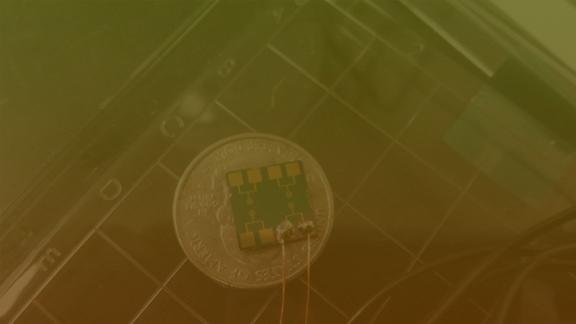Researchers hit new efficiency landmark for single-junction OPV cells

Greek-based R&D team Organic Electronic Technologies (OET) reported a new efficiency record of 7.4% for a fully roll-to-roll (R2R), printed polymer-based, single junction organic photovoltaic (OPV) cell.
The result has been independently corroborated by Nanotechnology Lab LTFN, of the Aristotle University of Thessaloniki, using a simulation of AM 1.5 illumination under 1000 W/m².
In a joint international effort with EU projects including FP7, project smartonics, project gladiator, H2020 factory of the future, project smartline and H2020 cornet, OET has further optimized its nano-production methods.
The Thessaloniki-based company is aiming to achieve 9% efficiency in OPV cells by 2021. Starting at 1.8% efficiency, OET has already significantly improved performance and says it is on track to achieve its ambitious goal.
“This new result supports efforts for OPV panel mass production [of ] up to one million square meters annually, targeting various pilot demonstration projects in 2021,” said the company in a statement.
Customized, fully printed OPV panels up to a meter in length and in a variety of shapes, will ensure client-specific requirements can be launched from September. The flexible OPV cells can be attached to range of flat and curved surfaces, improving consumer products ranging from lighting, displays and surfaces to electronic circuits, bio sensors, wearables, IT and internet of things applications.
A team of researchers from the University of Osaka recently announed an AI based method of improving the efficiency yield of OPVs.
While organic PV technology has many potential applications, due its flexibility and the reduced use of rare metals, its low efficiency yield has inhibited large-scale commercialization.





